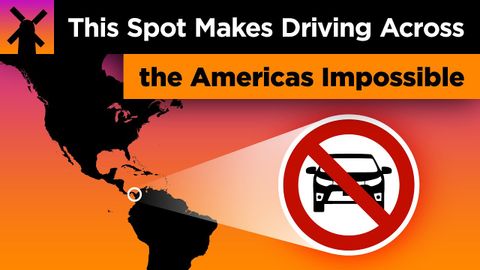
Subtitles & vocabulary
Why a Single Little Spot Makes Driving Across "America" Impossible
00
林宜悉 posted on 2021/01/16Save
Video vocabulary
incredibly
US /ɪnˈkrɛdəblɪ/
・
UK /ɪnˈkredəbli/
- Adverb
- To a great degree; very; amazingly
- Extremely; so much so it is hard to believe
A2
More massive
US /ˈmæsɪv/
・
UK /ˈmæsɪv/
- Adjective
- Very big; large; too big
- Large or imposing in scale or scope.
B1
More delicate
US /ˈdɛlɪkɪt/
・
UK /'delɪkət/
- Adjective
- Easily broken or damaged
- Finely made, with great care
B1
More description
US /dɪˈskrɪpʃən/
・
UK /dɪˈskrɪpʃn/
- Noun
- Explanation of what something is like, looks like
- The type or nature of someone or something.
A2TOEIC
More Use Energy
Unlock All Vocabulary
Unlock pronunciation, explanations, and filters
